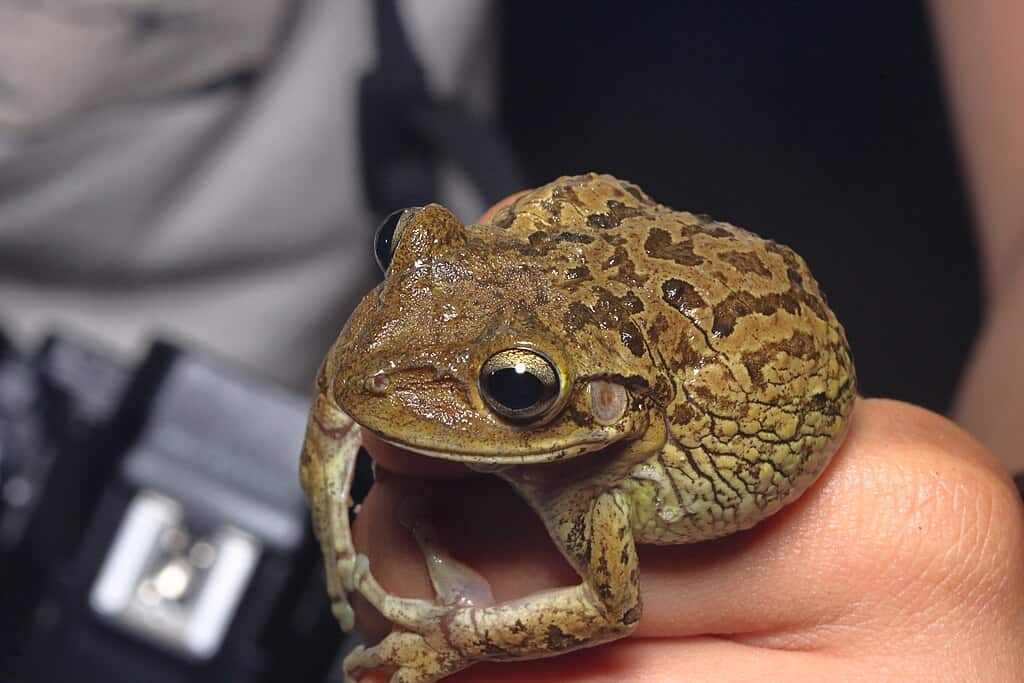The Everglades, a sprawling expanse of wetland ecosystem in Florida, is home to an astonishing array of wildlife from the formidable alligator to the elusive Florida panther. However, among the larger and perhaps more intimidating creatures lies a much smaller yet incredibly vociferous resident—the tiny Southern Cricket Frog. Despite its diminutive size, this amphibian boasts an outsized voice that can often dominate the soundscape of the Everglades. Let’s venture into the unique world of this fascinating frog and uncover what makes it one of Florida’s loudest animals.
Introducing the Southern Cricket Frog

The Southern Cricket Frog (Acris gryllus) is a petite amphibian native to the southeastern United States, particularly abundant in the wetlands of Florida. Measuring only about an inch in length, this tiny frog has adapted exceptionally well to the swampy habitats of the Everglades. Despite its small stature, it is renowned for its remarkable vocal abilities, producing one of the most recognizable and loudest calls in the region.
Distinctive Call of the Southern Cricket Frog
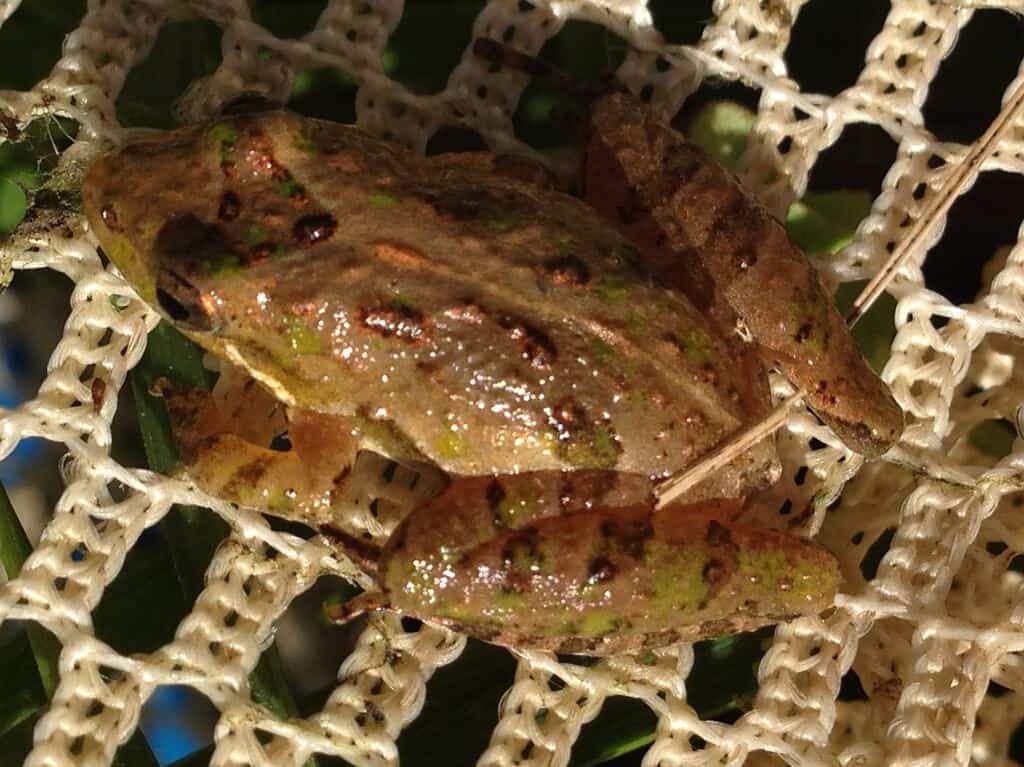
One of the most intriguing features of the Southern Cricket Frog is its distinctive call. The frog’s call, which resembles the sound of two pebbles being clicked together rapidly, can travel impressively far—up to a quarter of a mile. This call is primarily used by males to attract females during the breeding season and establish their territory among competitors. Its resonant sound is not only a serenade but also a testament to the frog’s vocal prowess.
Habitat and Distribution
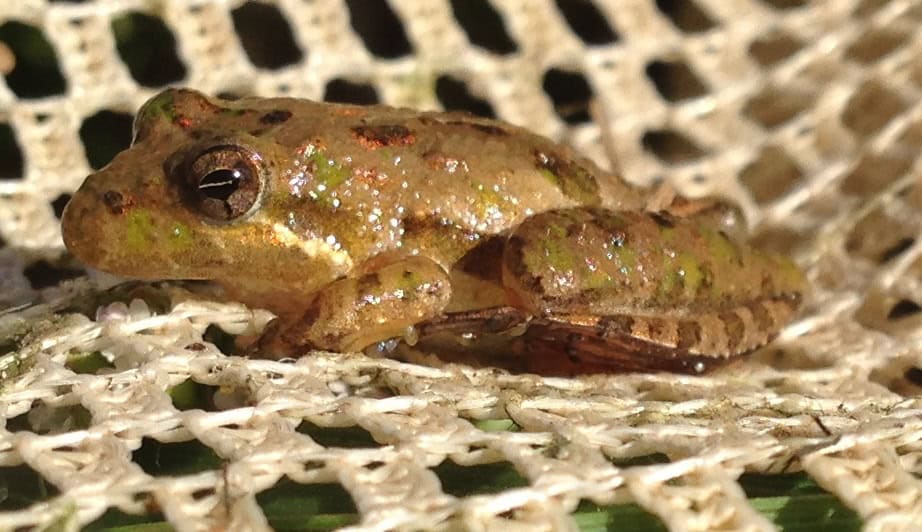
The Southern Cricket Frog thrives in a variety of aquatic environments within its range. From slow-moving streams and marshes to the vast Everglades, these frogs find shelter in areas with abundant vegetation and moisture. Their preference for warm, humid climates makes Florida a perfect residence. The frogs can often be found hiding among grasses and sedges, where their camouflaged skin blends seamlessly with the surroundings.
Physical Characteristics and Adaptations
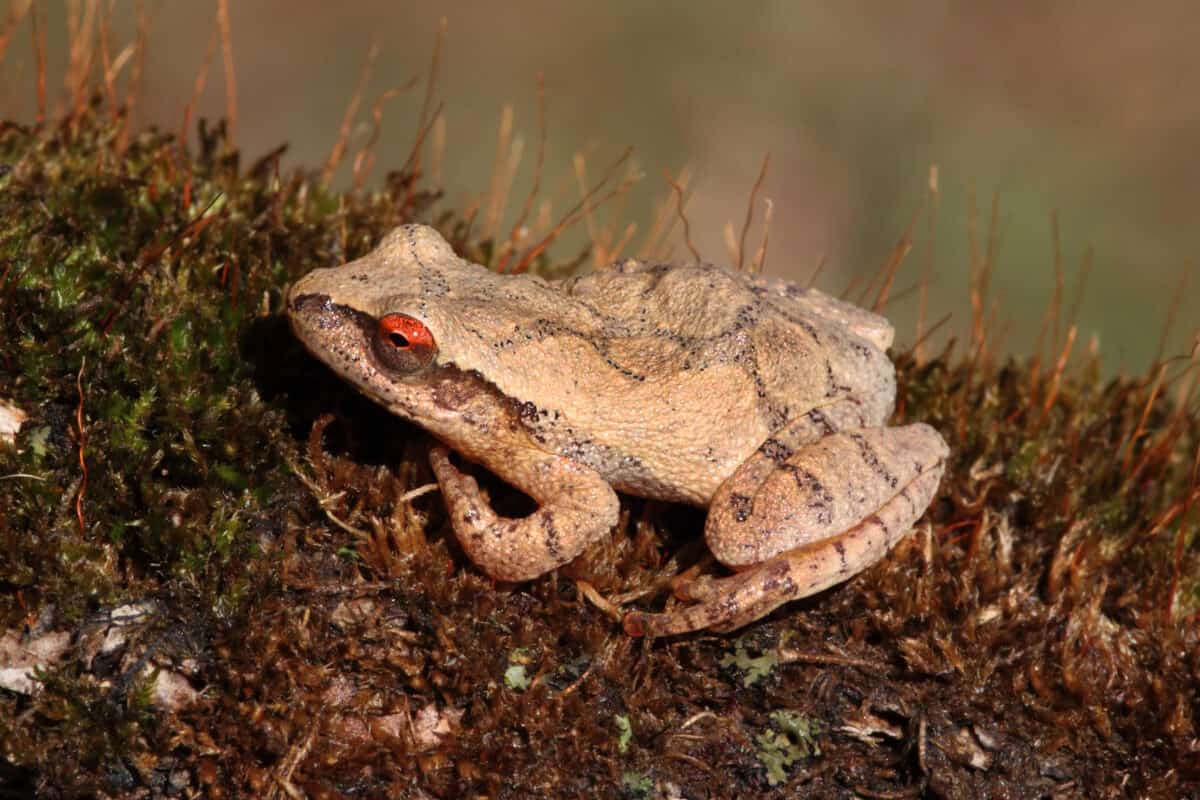
Despite their small size, Southern Cricket Frogs are robust and agile. They have long, slender legs that allow them to leap great distances relative to their body size—an essential skill for evading predators. Their mottled brown or grayish skin provides effective camouflage, offering protection from potential threats. Additionally, their webbed feet and sensitive toe pads aid in maneuvering through wet, slippery environments.
Feeding Habits
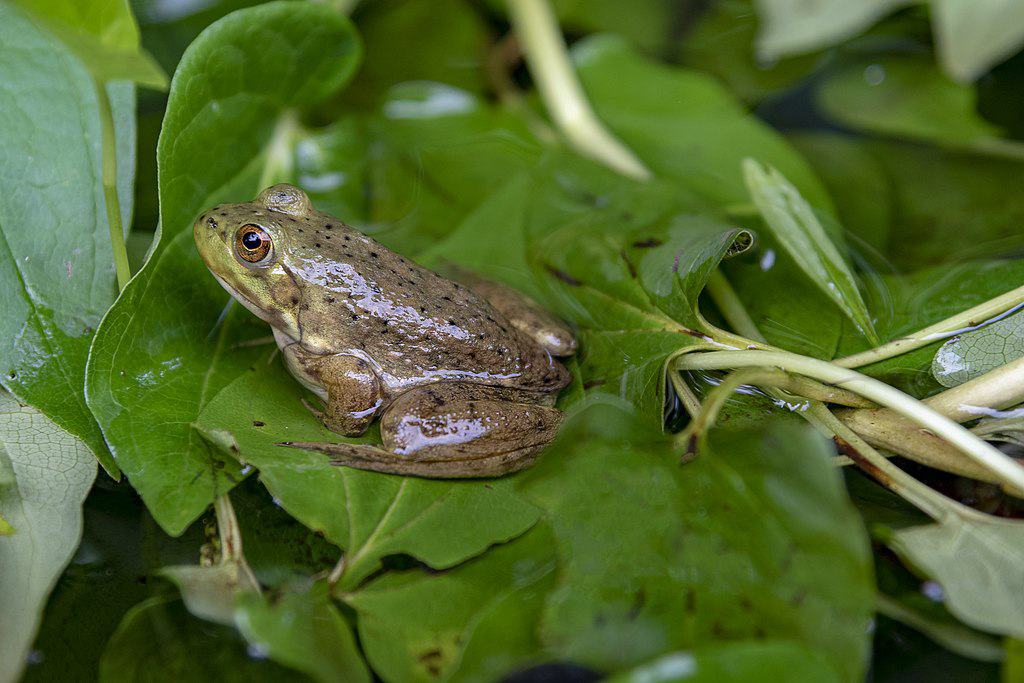
The diet of the Southern Cricket Frog primarily consists of small insects and arthropods. They use their quick reflexes and sticky tongues to capture prey efficiently. By controlling insect populations, these frogs play an important role in maintaining the ecological balance within their habitat.
Breeding and Reproduction

Breeding season for the Southern Cricket Frog usually occurs in the warmer months. Males emit their loud calls to attract females, who are drawn to the most resonant and frequent callers. Once paired, the female lays several hundred eggs, often attaching them to aquatic vegetation. The eggs then hatch into tadpoles, which undergo metamorphosis over a few months to become fully developed frogs.
Behavioral Traits
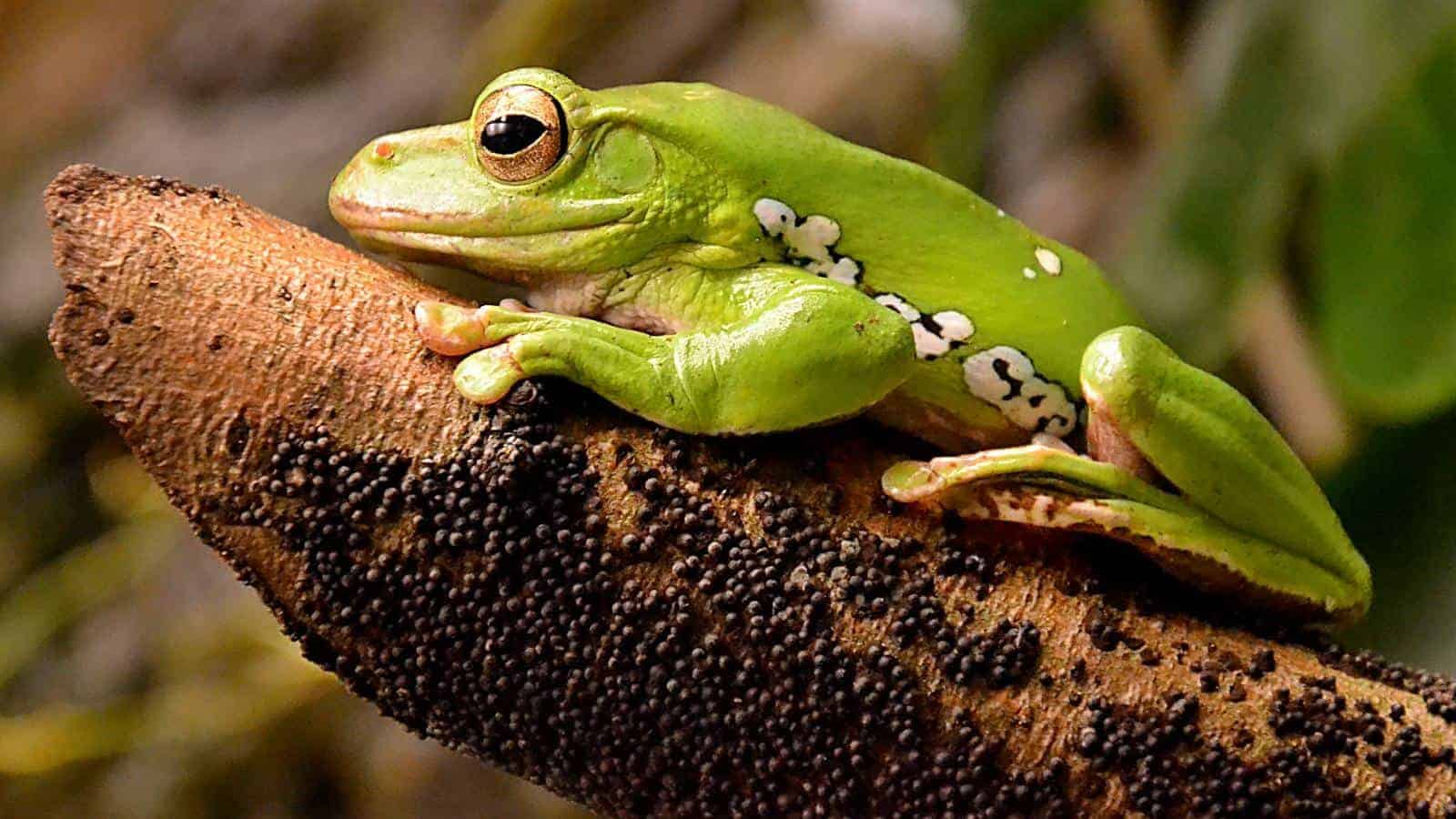
Southern Cricket Frogs are generally shy and elusive, preferring to stay hidden in dense vegetation and water bodies. They are mostly active during the day, with their vibrant calls filling the air in the early mornings and late afternoons. Their cautious nature means they are quick to hide if they sense danger, bounding away into the safety of surrounding reeds and water.
Ecological Significance

Southern Cricket Frogs play a vital role in the Everglades ecosystem. Not only do they serve as pest control by consuming insects, but they are also prey for a variety of animals, including birds and larger amphibians. This positions them as an important link in the food web, contributing to the biodiversity and health of their environment.
Conservation Status

While the Southern Cricket Frog is generally not considered threatened, habitat destruction and pollution pose risks to their populations. Conservation efforts focusing on preserving wetlands and monitoring environmental changes are critical in ensuring the survival of this vocal species. Keeping the Everglades healthy and protected remains key to sustaining the delicate balance of its unique ecosystems.
How to Spot a Southern Cricket Frog
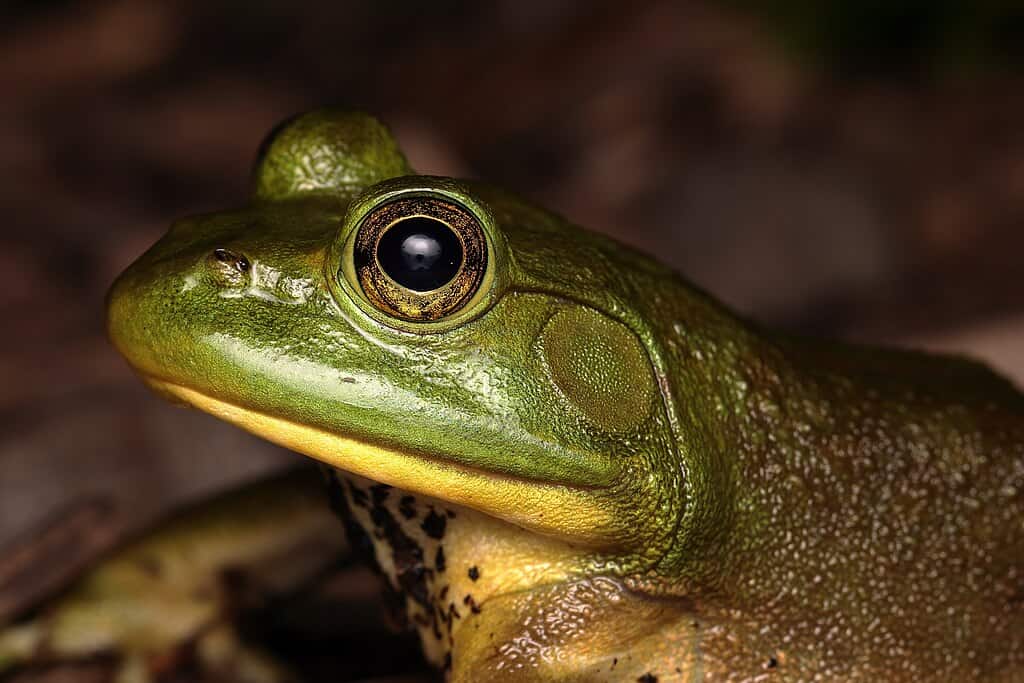
For wildlife enthusiasts wishing to spot these frogs, patience and sharp observation skills are essential. Listening for their distinct calls during the breeding season can offer clues to their location. Observing near ponds and marshy edges during daylight hours can increase the chance of sighting these elusive creatures, often seen perched subtly on leaves or vegetation.
Interesting Facts About the Southern Cricket Frog
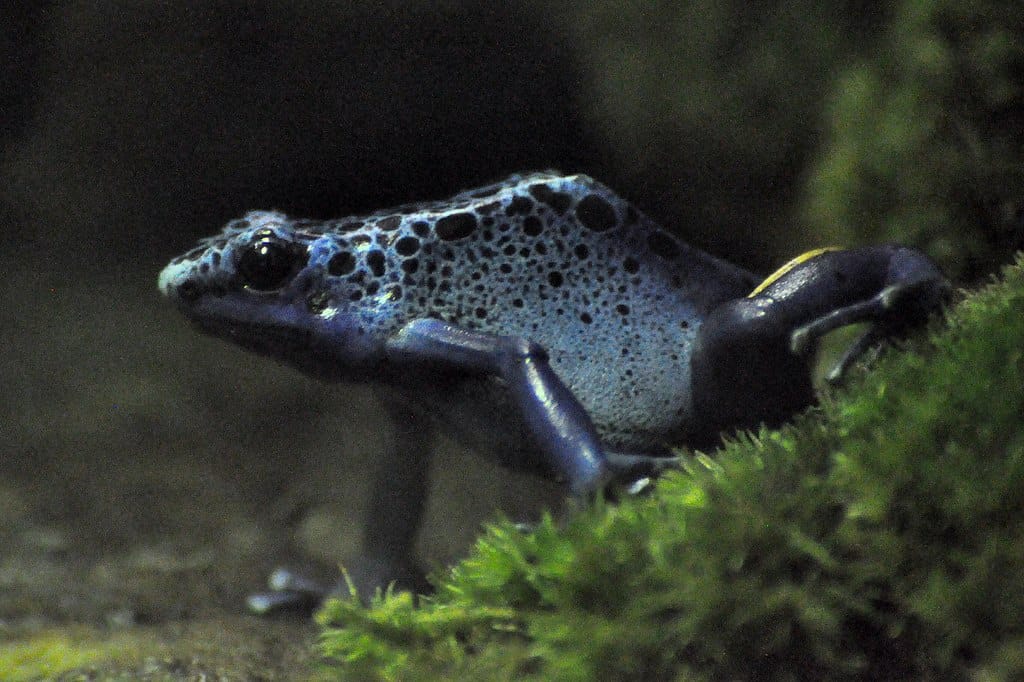
Despite their petite frame, these frogs have adapted to some amazing feats. They can leap over 3 feet in a single bound, an impressive distance given their small size. Furthermore, these frogs can also change their skin color slightly to better blend in with different environments—a useful trait for avoiding predators.
The Future of the Loudest Frog in Florida
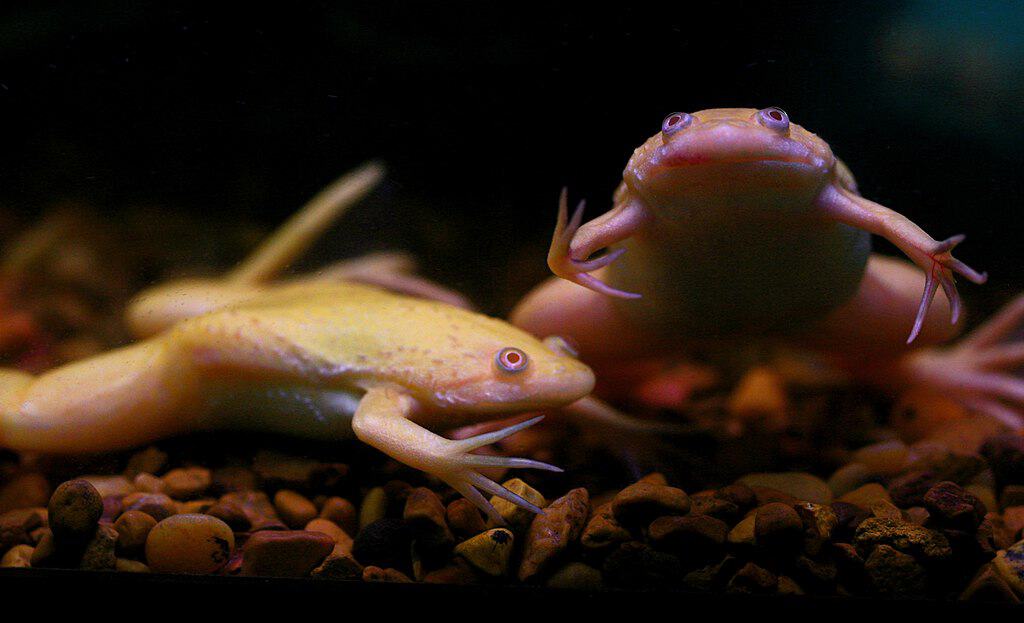
The future of the Southern Cricket Frog is closely tied to the health of the Everglades. Continued conservation efforts are vital to preserving Florida’s rich biodiversity and the ecosystem that supports these vocal amphibians. Educating the public about the importance of wetland preservation and responsible environmental practices can help ensure that the calls of Florida’s loudest frog will be heard by future generations.
Conclusion

The Southern Cricket Frog may be small, but its resilience and vibrant presence make it a fascinating creature of the Everglades. Through conservation and awareness, we can continue to appreciate and learn from the extraordinary symphony of vocal wildlife that thrives in Florida’s premier natural wonder.
- This Tiny Everglades Frog Might Be Florida Loudest Animal - August 13, 2025
- The Secret Behind Why Crows Bring Gifts to Certain People - August 13, 2025
- Alaskas Bald Eagles Are Thriving While Other States Struggle to Save Them - August 13, 2025

